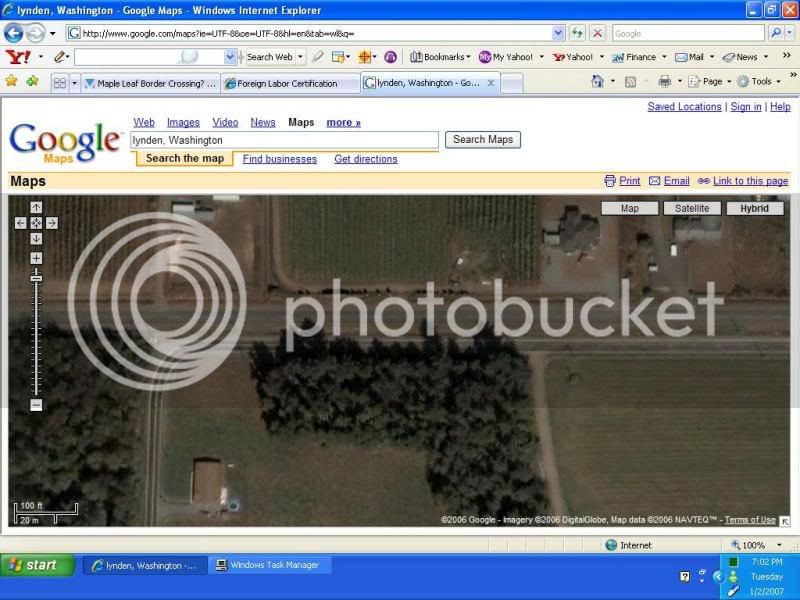R
Rnizlek
Guest
When went back to CT to visit family during the holidays, my father suggested that him and I take a trip to Canada together - by train. I was quite suprised. In May, I stepped on the southbound Vermonter, my first Amtrak trip in over 13 years, and only my second overall (the first was a trip as a child from CT to RI with my mother and sister, of it I remember little).
I instantly fell in love with train travel, and trains in general, and have spent countless hours on Amtrak trains this year (as well as countless hours watching VRS and NECR trains in the Burlington, VT area). I'm frequently on the Vermonter to visit family and friends during my academic breaks at college, but also have been on a variety of Amtrak services (over this winter break, I'll be logging over 2,000 miles on Amtrak, between this trip, a few runs on the Vermonter, and a bit on the Acela).
My father, however, probably hasn't stepped foot on an Amtrak train in 20 years, if not prior there ever even being an Amtrak. So I was shocked when he suggested taking the train - I'm guessing its partly because he knows that its my preferred way to travel.
The trip involves taking the Maple Leaf from Croton-Harmon, NY to Toronto, then VIA rail between Toronto and Montreal, then the Adirondack from Montreal back to Croton. We'll be spending a few days in each city, but mostly in Toronto, because Montreal is so close to where I live (Burlington, VT) so I can visit it anytime.
My question involves the border crossings. Amtrak allots two hours for this procedure, at least on the Maple Leaf. Does this really take two hours? What does it involve? And how crowded does this train tend to be? My only experience on the Adirondack involved a very full train.
Thanks in advance!
I instantly fell in love with train travel, and trains in general, and have spent countless hours on Amtrak trains this year (as well as countless hours watching VRS and NECR trains in the Burlington, VT area). I'm frequently on the Vermonter to visit family and friends during my academic breaks at college, but also have been on a variety of Amtrak services (over this winter break, I'll be logging over 2,000 miles on Amtrak, between this trip, a few runs on the Vermonter, and a bit on the Acela).
My father, however, probably hasn't stepped foot on an Amtrak train in 20 years, if not prior there ever even being an Amtrak. So I was shocked when he suggested taking the train - I'm guessing its partly because he knows that its my preferred way to travel.
The trip involves taking the Maple Leaf from Croton-Harmon, NY to Toronto, then VIA rail between Toronto and Montreal, then the Adirondack from Montreal back to Croton. We'll be spending a few days in each city, but mostly in Toronto, because Montreal is so close to where I live (Burlington, VT) so I can visit it anytime.
My question involves the border crossings. Amtrak allots two hours for this procedure, at least on the Maple Leaf. Does this really take two hours? What does it involve? And how crowded does this train tend to be? My only experience on the Adirondack involved a very full train.
Thanks in advance!




